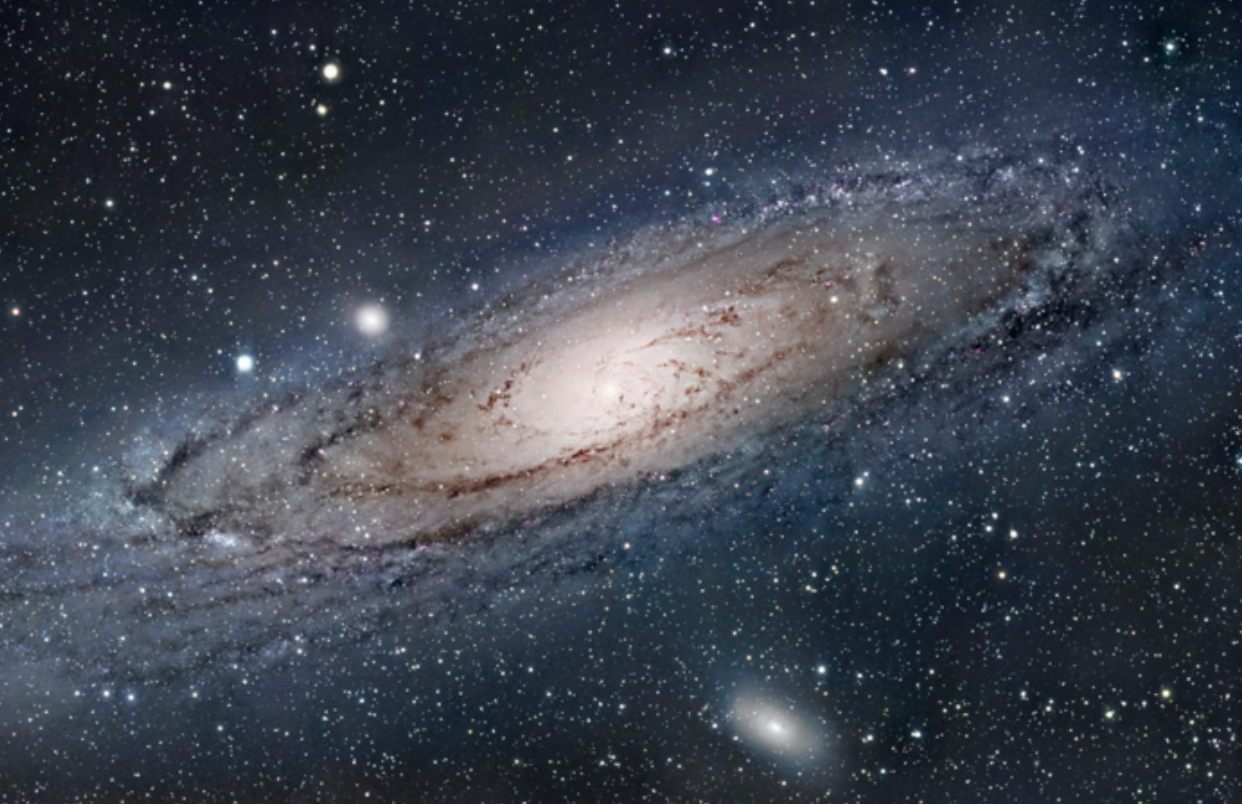Theology | A Parable

A Parable
©2020 by Vernon Miles Kerr, VernonMilesKerr.com, WritersClass.net
One fine Earth-day, God grew tired of seeing and hearing God’s name carelessly thrown about by human beings. Humans had written and spoken so many conflicting things about God since the solitary, single time God had communicated with them, aeons before, that God decided to physically intervene once again. Half-way between Earth and Mars, God created an Earth-containing sphere of written characters, hundreds of miles high, all of the written characters of every nation of Humans, in pure white alabaster.
The first time God had appeared, God exhibited a form undeniably more powerful than the surrounding mountains and over-arching starry sky. God handed the humans a simple set of Ten Suggestions, carved on stone tablets, which if followed, would have given them an Earthly Utopia. It was exactly the same message God had previously, and successfully delivered to thousands of other sentient creatures on thousands of other planets, in thousands of other galaxies.
God wanted to trust sentient beings, including these humans, to judge and test the effectiveness of God’s Suggestions through actual practice. But that human, whom God had chosen to represent the assembled masses, did not agree with God. In a fit of rage, he broke the tablets into shards, later recreating those suggestions as Ten absolute and inviolable Commandments and threatening dire consequences for disobedience, in a fearsome fictional afterlife of the representative’s own concoction. By that (even to God) sly manipulation, the man had now placed himself as the sole arbiter of those “Commandments” and thus, the sole arbiter of human affairs. “Religion” was born.
After that disappointing incident, God nearly abandoned the effort to help Earth’s sentient beings; but God later relented, and thereafter sent little flashes of invisible inspiration to nudge wayward humans, back onto the path toward Utopia. If the original Ten Suggestions could be reduced to one word it was “love.” Love for fellow human beings and love for the creator who gave this knowledge. Those invisible nudges were quanta of love: love of humanity, love of nature, love of artistic beauty, and love of the creator Himself. These quanta were not commands, but tiny suggestions.
But, even with these loving nudges, the human beings created new “religions,” whose adherents invariably coalesced into groups, then formed primitive hierarchies, then solidified a “theological philosophy,” which automatically put them into competition with other groups who had solidified other theological philosophies. That which God had intended to grace human beings — the way toward a peaceful Utopia — had now become the stumbling block that made Utopia impossible.
So, there it was. A sphere of white light, surrounding the Earth at all latitudes and longitudes, actually legible with a good pair of binoculars. It was visible for 72 earth-hours and thus was read and understood by all humans everywhere.
“I am. I hear your prayers. I do not intervene in day-to-day physical matters. I send inspiration, for those who open their hearts and ears.”
That was it. Nothing more. The sphere was gone in 72 hours. Hunans were free to choose, free to re-create the Ten Suggestions through actual practice. The result would be something more eternal than mere stone.

